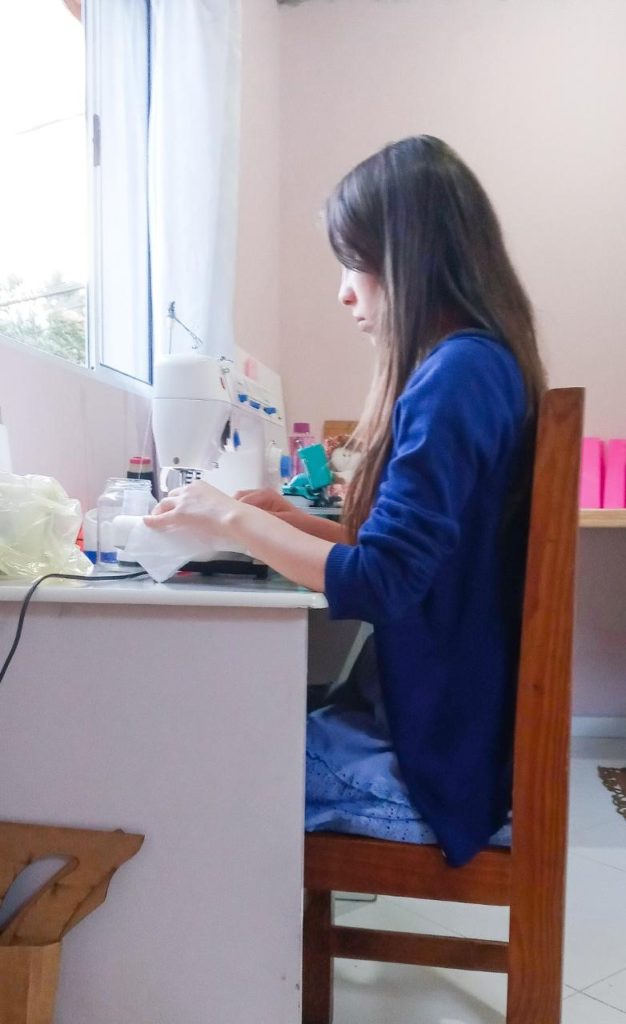Have you heard of ergonomics? Ergonomics is a science that covers various aspects of adapting equipment and tools aimed at physical well-being and satisfaction in the workplace and environment around us in order to live well, healthy, and prevent diseases.
Let’s understand it better. Have you ever left work and returned home at the end of the day with back or neck pain? This may be due to work stress, but also, most likely, your accessories and equipment used at work aren’t suitable for your body, causing an overload on your spine. This is where ergonomics comes in.
Our days are short, and we live in a fast-paced environment. The demand for us to be productive is very high. This causes us to spend hours and hours sitting in a chair that is neither adequate nor comfortable. We don’t pay attention to how we position our body when carrying a heavy box, and we don’t even remember to adjust our posture while performing our tasks. The result is a “complaining” spine asking for rest by the end of the day. The point is that, in addition to experiencing uncomfortable pain, over time these bad postural habits will leave permanent consequences.
So, today we’re going to learn some tips that can help us prevent spinal diseases and improve our daily performance. The following are some common everyday situations that you may identify with:
Incorrect

Correct

Suppose you are a hairdresser, a teacher, or have a role that requires standing for long periods of time. Remember to keep your spine upright, don’t raise your arms above your head or tilt your spine as in the photo on the left, but keep working with your elbows at a 90° angle as in the photo on the right.
Note: if you are a teacher, avoid writing on the blackboard at a height above your head. Write up to your eyes, start a new column beside the text, and continue writing.
Incorrect

Correct

When driving your vehicle, pay attention to your seat posture. Don’t leave the seat too inclined or too upright, but place it at an angle of approximately 110 °.
Incorrect

Correct

If you’re a seamstress, graphic designer, accountant, or work in a sedentary position for long periods of time, sit in a chair that allows your knees to form a 90° angle. Always use the back of the chair and keep your feet on the floor.
If you use a computer, remember to place it in front of you on the table, not beside you, so you will avoid long periods with your head tilted sideways, thus preventing neck pain and stiffness.
I invite you to make a habit of remembering your posture at work and at home. I believe you will feel a significant difference at the end of the day! Tell me about your experience, and share this article with your friends so we can all reach 50 with a spine of someone in their 20s!







